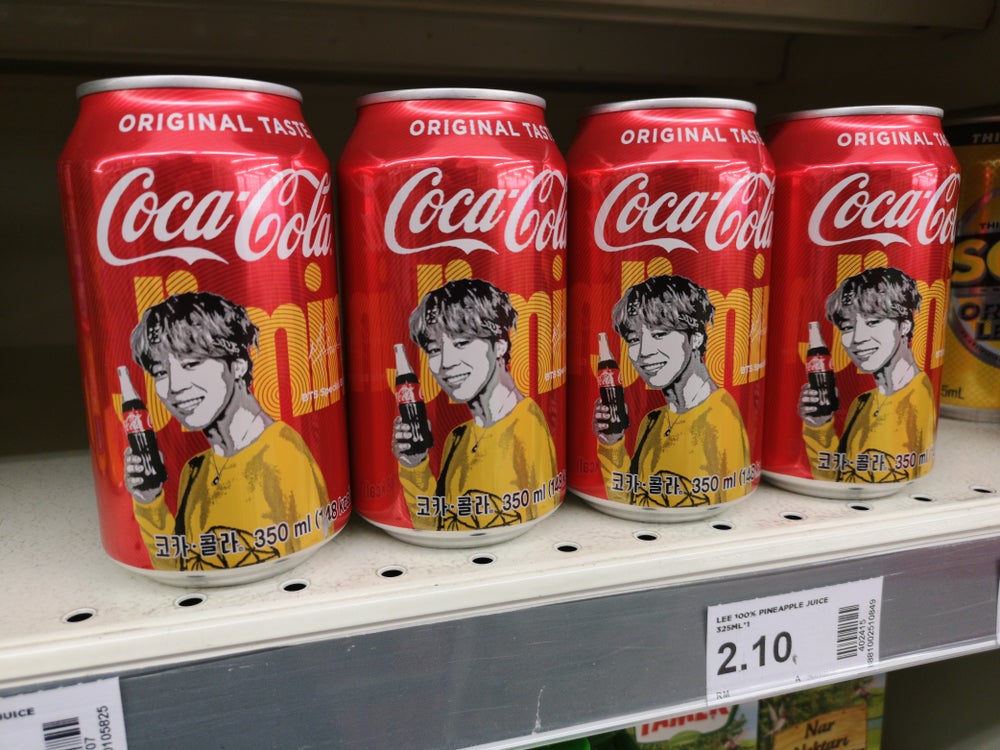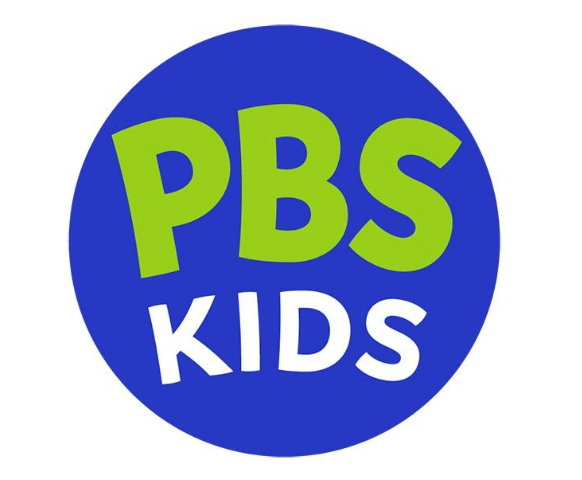WHENEVER DIRECT marketers send messages to customers through a Gmail account — Google’s free e-mail inbox service — they’re potentially exposing those customers to aggressive prospecting offers from competitors.
The reason: Gmail serves text ads based on words in the e-mail’s content. Also, the service blocks HTML by default so graphics don’t appear in the e-mail unless the recipient clicks a link that says “Display images below” or one that says “Always display images from” the sender.
So if a marketer mails an offer or even a simple newsletter to a customer who is a Gmail subscriber, unless the subscriber has specifically requested that images from that marketer be shown, the message will appear with broken graphics, and quite possibly links to competing offers running down the right side of the screen.
It’s this as-yet little-noticed aspect of Gmail that will become increasingly troubling to DMers as the service grows. (For example, a message from 1-800-Flowers pitching Father’s Day gifts earlier this year contained links to other merchants’ Father’s Day offers.)
Even worse, if a marketer designs text e-mails to counter the possibility that images may be blocked, the text makes it even easier for Google to serve contextual ads against that message.
“They can do a much better job of selling those sponsored ads and make them more targeted if they don’t allow HTML imaging,” says Jay Schwedelson, corporate vice president for marketing list firm Worldata. “Every time you send to your customers who have Gmail accounts, you are opening them up to your biggest competitors to advertise to them. You theoretically could lose more customers by sending to Gmail than the business you would gain.”
The ads present a challenge to marketers’ e-mail retention efforts to which there is no easy answer.
Surprisingly, technicians at e-mail deliverability company Return Path performed some tests and found that even with the competing ads, Gmail address holders respond better than people at other addresses such as Yahoo! Mail and Hotmail.
“The overall response rate for our mailings sent out in May across all clients, all campaigns, and all ISPs and domains was just under 2%. On the other hand, the response for our mailings in May to Gmail users was about 3.5%, a whopping 75% better,” wrote Return Path CEO Matt Blumberg on his blog.
Gmail address holders who’d signed up for offers from Return Path’s NetCreations unit in the last six months were even more responsive, according to Blumberg.
“Overall response rate for [these] May mailings, again across all clients, campaigns and ISPs/domains, is just over 2.8%. However, for mailings in May to Gmail users, average response rates were about 5.6%, or 100% better,” Blumberg noted. “My theory is that Gmail users are generally more sophisticated and therefore better about keeping their inbox clean and full of solicited offers only. So therefore the user base is more responsive.”
However, Schwedelson points out that just because Gmail users are responsive to offers in the e-mail doesn’t mean they aren’t also responding to the competitive ads delivered alongside.
“The Gmail user is a very active user,” says Schwedelson. “We all click back and forth when we use the Internet. Whether or not Gmail users respond doesn’t address the heart of the issue.”
Meanwhile, Google positions the ads as a benefit in its welcome letter to new account holders. “As you’re using Gmail, you might notice that there aren’t any large, blinking, irrelevant ads,” the letter says. “That’s because we only show small text ads that are matched by computers and designed to be relevant to the messages you’re viewing.”
The text ads are sold as part of Google’s content network, where Google places contextual ads on publishers’ sites next to articles based on content.
It’s unclear how well the e-mail ads are working. “If you opt in to the content network, you get opted into [text ads served by] Gmail, but you also get opted into all the other partners Google has, such as The New York Times,” says Alan Boughen, a partner at NeoSearch@Ogilvy. “It’s not possible for me to identify if, by being placed in Gmail, an advertiser has had good results.”
Boughen says search marketers typically will bid lower for keywords that trigger context-based ads than they will for the same word used in searches because the ads don’t necessarily reach people who are actively looking for the bidders’ products or services.
Gmail addresses currently account for just 3% to 5% of an e-mail list, but people are signing on to the service rapidly.
Also, unlike AOL addresses, which typically are popular only with consumers and are losing their luster even with them, Gmail addresses are gaining favor with consumers and professionals alike. As a result, business-to-business e-mail marketing may be threatened by Gmail’s contextual ads as well.
“There’s more vanity with a Gmail address,” says Schwedelson. “If you’re thinking about hiring one of two consultants and one has an AOL account and one has a Gmail account, you’ll instantly think the one with the Gmail account is more ‘with it.’ ”
Though Gmail has been serving context-based ads since its inception, the matter has become an issue with marketers only recently.
“Now [Gmail] is really starting to grow, and I think it’s going to continue to be a bigger player,” he says.



